Fable: The Journey - 6 reasons were excited for the Kinect controls (and 3 reasons were still worried)
Following a fresh look at the game, we’re warming up to Fable’s motion-sensing evolution… but not without some reservations
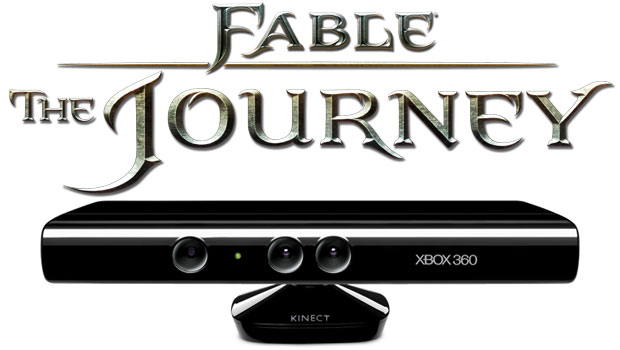
When the next Fable game was announced as a Kinect-only title, we were as suspicious (and frankly, disappointed) as you. Although the series has never been the deepest or most complex of RPGs, we couldnt imagine navigating through an RPG with motion controls at all.
But our latest look at Fable: The Journey, which included significant hands on time, has us cautiously optimistic again. Heres why we could see the move to Kinect working for Fable after all, as well as a few reasons it still might not.

THE GOOD: Fables developers didnt trust Kinect at first, either
Peter Molyneux, famed designer of the Fable franchise, started our recent demo by assuring us that he and his team had the same concerns about Kinect as we did. They worried about adding imprecise controls to the series, and about players growing exhausted by moving around so much for a full-length game. They chose to make Fable: The Journey a Kinect game only once theyd made certain the concerns wouldnt translate into actual gameplay problems.
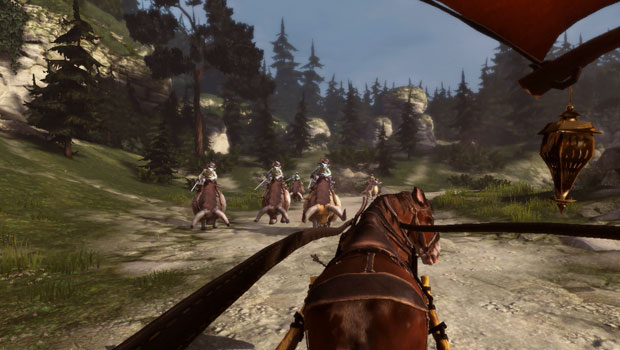
The motion controls are subtler than you expect
Much of Fable: The Journey takes place behind the backside of a horse your hero traverses the fantasy kingdom of Albion on a drawn carriage, with you taking control of the imaginary reins in real life. And just like real life, you wont need to flail your arms around continuously to get anywhere. If thats how it worked, why would anyone have ever used this method of transportation to begin with? Just lean back, relax and guide the carriages direction with small, easy movements of the hands (or spur the horse on with your voice, which it will learn to recognize). Its almost easier than pushing buttons.
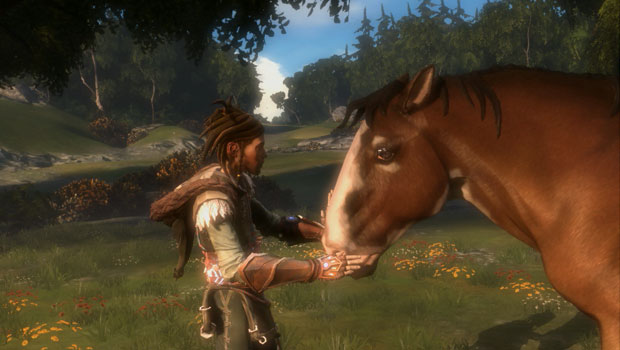
Interacting with the horse really is rather special
Molyneux hyped the dog in Fable II so much that it became an industry joke. To some degree, though, he was right we really did grow to care for the furry little guy. And that was before we were the controller! In Fable: The Journey, you can pet and pat your horse exactly as you would an actual horse. And try not to bond with the virtual animal when youre pulling an arrow out of its side, then healing the wound with a wave of your hands.
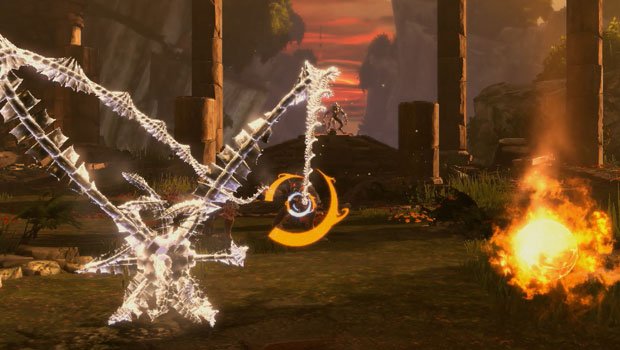
The magic is manic fun but fun
When you leave your horse, itll usually be to engage in combat with surrounding enemies. Magic is the primary weapon in Fable: The Journey, at least in whats been shown of the game so far, and its fun. You can shoot fire and lightning at individual baddies, or at a whole group. You can shoot a spell out of each hand simultaneously. And, most entertainingly, you can use a tentacle-like spell to fling monsters into the air, then shoot them or grab them and throw them into a nearby pillar. Does this fun last longer than a few minutes? Hard to say at this point. But it has at least the potential for diversity, if enough different spells are introduced.
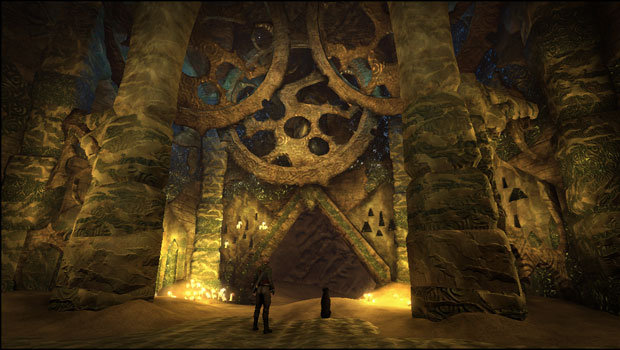
The puzzles prove precision
After the fight, we solved a simple puzzle to unlock a large stone door. Whats exciting about that? Well, the puzzle required that we rotate concentric circles until a series of orbs were lined up in a perfectly straight line. We did so in about ten seconds, which is a positive sign that the Kinect controls can be precise as necessary, when necessary.
Editors note: The image above is from Fable III, as the puzzle we describe from Fable: The Journey is not shown in any screens or videos available so far.
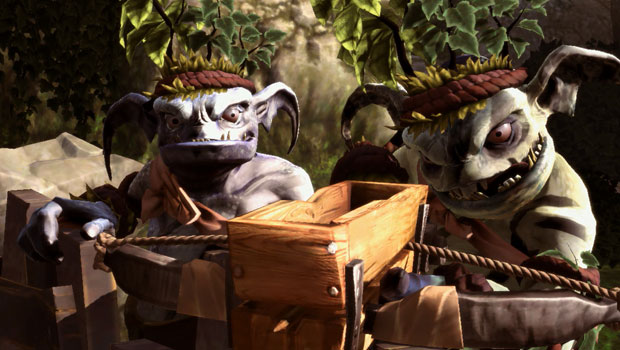
This is still a true RPG
We cant speak to this one from personal experience, as weve experienced limited sections of the game so far. Molyneux promises, however, that Fable: The Journey is not a casual, dumbed-down version of his franchise. Theres exploration, theres leveling, there are collectibles. To the same extent as previous Fables? That remains to be seen.
Now for the lingering worries
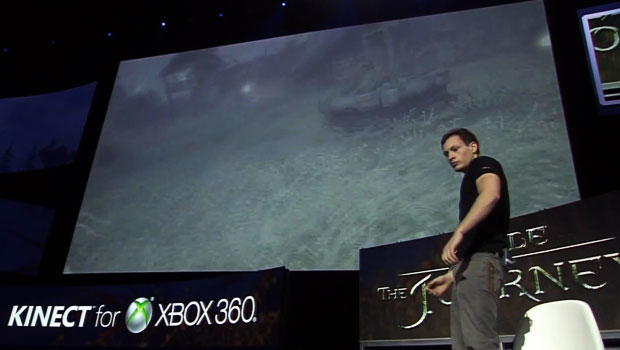
THE BAD: Lean forward to move forward?
During our demo, Molyneux said that Fable: The Journey doesnt have to explain movement controls to the player because theyre so natural and instinctual. With one minor (edit: major) exception. To move around the world outside of your horse and carriage, you must lean forward to walk forward, lean back to slow down or stop and lean left or right to turn. Thats kind of the opposite of natural, wouldnt you agree?
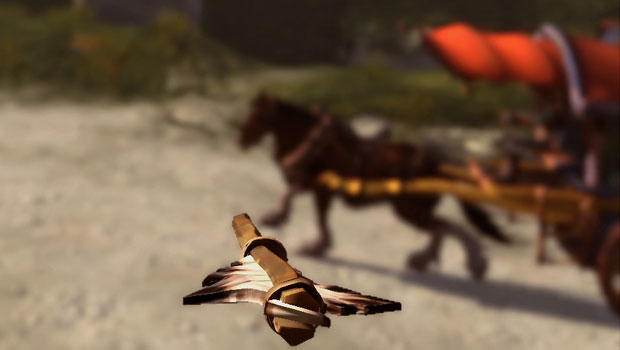
Auto-targeting
Despite the apparent preciseness of the Kinect controls, Molyneux confirmed for us that Fable: The Journey does assist you in targeting enemies with your magic. He elaborated that the more magic you use and presumably, the better you learn the movements the less the game will take pity on and help you, but for critics of auto-targeting, that will be small consolation.
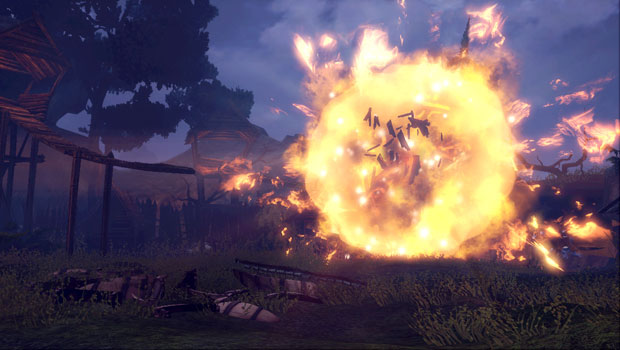
On rails? No. Sort of on rails? Maybe
We know for a fact that Fable: The Journey is not a completely on-rails game. You can choose your path across Albion, and choose where to get off your carriage to interact with the world. What we dont know is if those sections are on-rails or not. After dispatching a group of enemies in the combat section of our demo, we were automatically placed in front of a treasure chest and asked to open it by mimicking the real motions of opening a box. Thats neat, but we didnt walk up to the chest of our own volition like we would in Skyrim or even an older Fable game. Weve heard a lot about true freedom in Fable: The Journey, but we have yet to witness it.
Are you excited or worried about Fable: The Journey? Do you consider this an authentic entry in the series, or a mutant Kinect spinoff? Let us know in the comments below.



